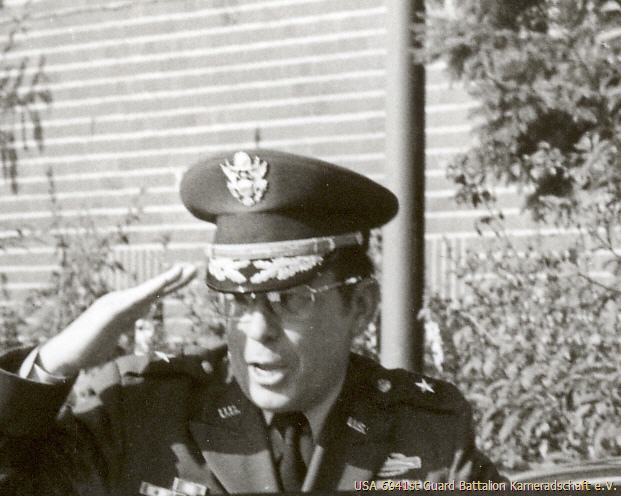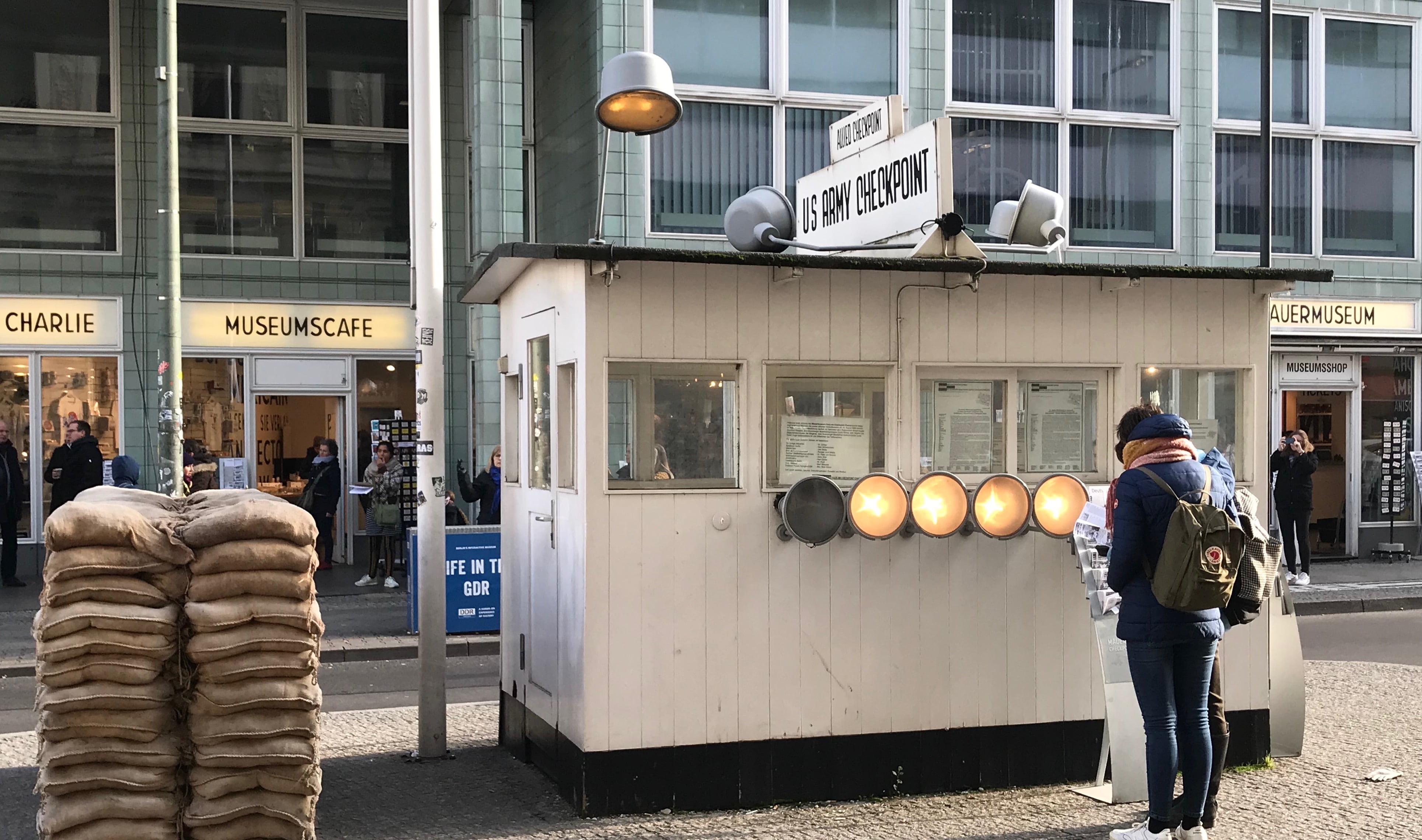By Robbin Laird
I am in Berlin today for the International Fighter Conference 2019 which starts tomorrow.
I took the opportunity to revisit Checkpoint Charlie.
It is now a museum, but also a testament to the will of the West to defend liberal democracy against the Soviet Union.
I often visited West Germany in the 1980s when the political warfare over Euromissiles was a dominant reality.
The U.S. President was hardly popular and when you visit the Checkpoint Charlie museum it is easier to find remembrance of JFK’s visit than the historical moment when President Reagan challenged the Soviet leaders to “teardown that wall.”
I set up a working group in the mid-1980s at the Institute for Defense Analysis to discuss the prospects and how to shape a possible German reunification.
It was not a widely attended effort, but did prepare the way for the historical events.
The key agreement of the group was that if the new Germany was not part of the Western institutions, the European Union and NATO, then any agreement with the Soviets would not be worth the effort.
The concept in those days was that only an agreement that yielded a real outcome which could fit into the values of the liberal democracies really mattered.
Simply having an agreement to look like progress was being made was the wrong way to go because it would only help the authoriarians working to undercut consensus in our societies.
Seems a long time ago.
There was no desire to have a Soviet veto power over the future of Germany.
The Russians frequently insist that they had promises with regard to the fate of sovereign states in Europe; that somehow they had a veto power over which states could work with the West and which could not.
That simply is not true.
And that brings us to Berlin, East and West.
West Berlin was a fragment of liberal democracy in a sea of Soviet and East German authoritarianism.
The Stasi was a prevalent force and provided the atmosphere for any Western visitors to the “workers paradise” which could could be seen in East Berlin.
My first job in the Pentagon was to work for a man who had just served as the Brigade Commander in Berlin.

BG William C. Moore
25 Aug 1978 – 01 Aug 1980
According to Wikipedia:
“The Berlin Brigade of the United States Army was a separate brigade based in Berlin. Its shoulder sleeve insignia was the U.S. Army Europe patch with a Berlin tab, later incorporated.”

I functioned as his tutor on things Soviet and we had many discussions about his time in Berlin.
What impressed the most was the dedication of the Brigade.
As the General put it: “We are a speed bump which would be crushed as the Soviets prepared to move against the inner German border. But we need to do so in a way that would remind them that the United States was not going to yield an inch of German territory without a fight.”
Put in simple terms: “We are going all to die in a conflict; we need to do so with and for a purpose.”
That kind of courage and dedication can be forgotten when visiting Berlin today.
Turning Checkpoint Charlie into a museum is clearly a reminder of what U.S. servicemen and women contributed to the future of Germany.
But turning it into a museum and remembering the 30 year anniversary of the Fall of the Berlin Wall also recalls the lessons learned from the Armistice Day being remembered in Europe.
The “war to end all wars” didn’t.
And the Fall of the Berlin Wall did not end to the East-West conflict.
And the 2008 and 2014 territorial seizures by Russia are clearly a reminder, that there are no wars that end all wars.
Checkpoint Charlie may be a museum; but it is a reminder that the East-West conflict is hardly over.
2014 is as significant as 1914 but simply has not been recognized as such.

Also, see the following:


